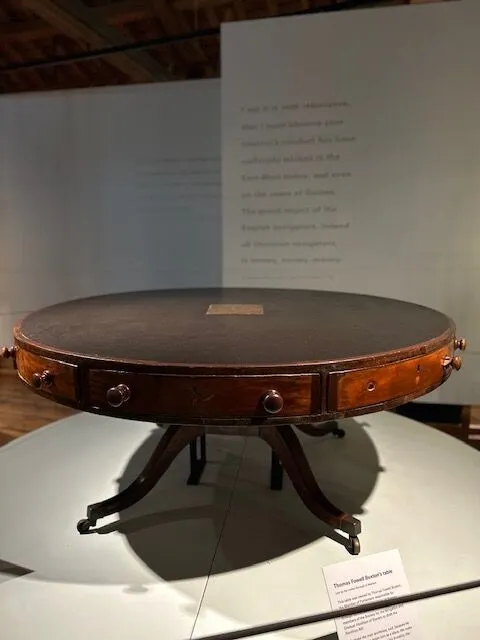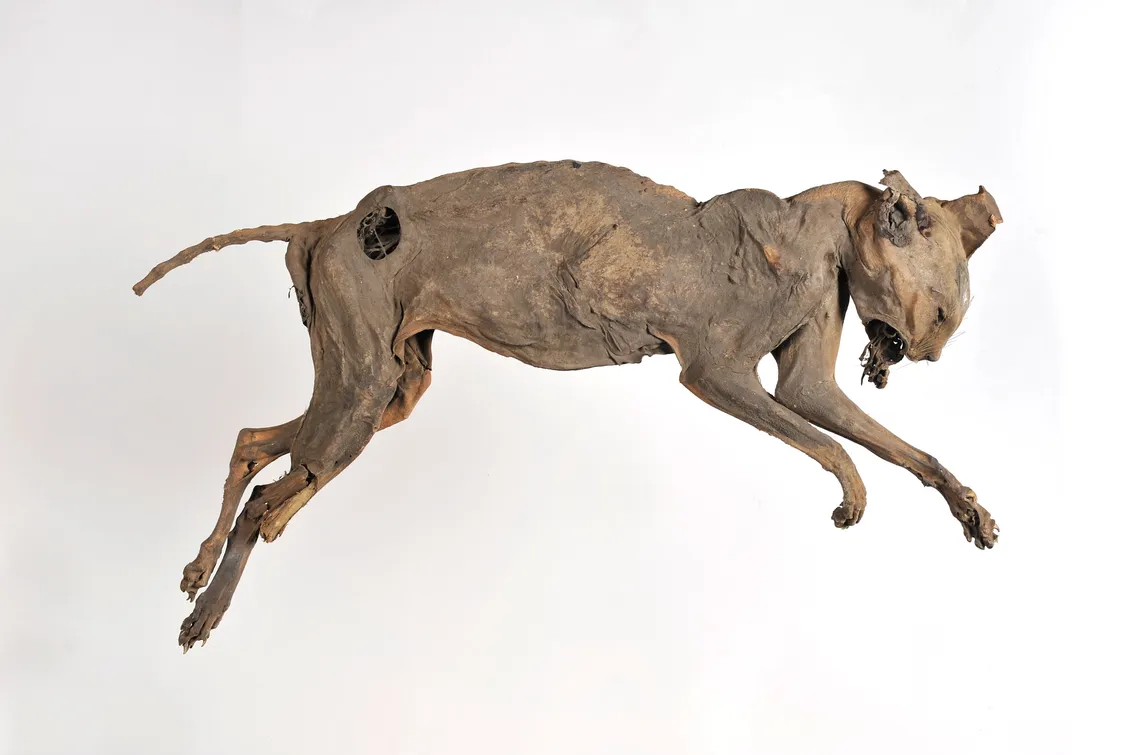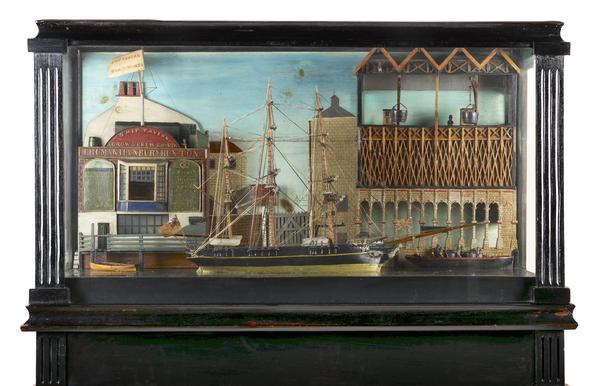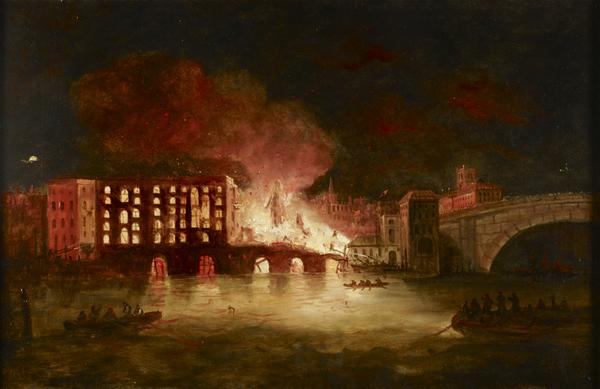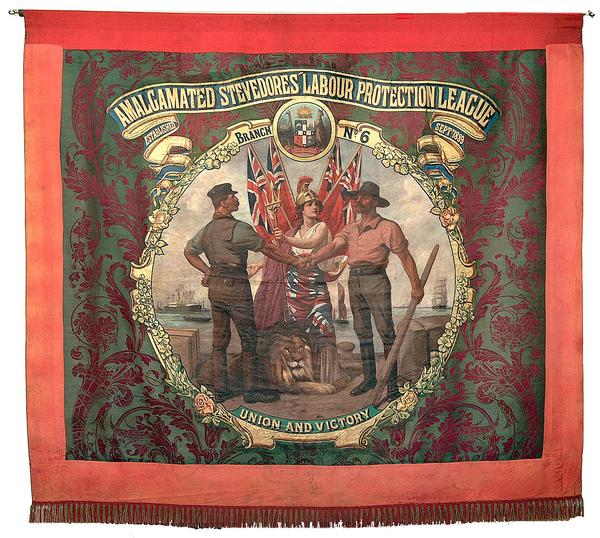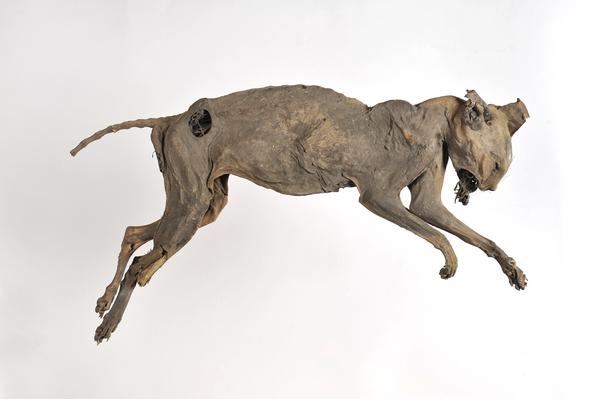Top things to see for free
If you’re new to London Museum Docklands and wondering what the key things to see are across our nine free galleries – here are some top tips on what to look out for. From the grisly and mind boggling, to the historic and mesmerising, we promise you’ll have a memorable visit.
This is no ordinary table – it marks a milestone in history. It was owned by Thomas Fowell Buxton, the Member of Parliament responsible for steering the Bill for the Abolition of Slavery through the House of Commons. It was used by members of the Society for the Mitigation and Gradual Abolition of Slavery to draft the Abolition Bill.
Ignatius Sancho was born on a slave ship in the mid Atlantic and brought to England at the age of two. He became butler to the Duke of Montagu, as well as a self-taught dramatist, poet and composer. Sancho became known in London's artistic circles and was friends with the actor David Garrick and the writer Lawrence Sterne. His best-selling book appeared after his death. It was the first prose writing by an African to be published in England and was re-published five times.
Not for the squeamish, this grisly mummified cat is over 130 years old and was discovered at Tatty's tobacco manufacturers in the Minories. Traditionally, it was thought that cats warded off evil spirits. This is one of the common explanations as to why they're sometimes found behind walls in old houses.
Isambard Kingdom Brunel's gigantic ship, the Great Eastern, was designed to serve the India and Australian trades. This beautiful 1/96 scale ship model shows the Great Eastern as she appeared, ready for sea on 5 September 1859. It's based on extensive research and took 5,000 hours to build.
Yes, another Great Fire besides the one in 1666! This painting by an unknown British artist depicts the fire that broke out at Tooley Street in London Bridge on 22 June 1861. The fire began when a bale of jute caught fire and raged for two weeks destroying 20 warehouses, shops, houses and even vessels on the Thames.
This depiction was probably painted on the second day of the fire which attracted huge crowds and was widely reported. The fire exposed the inadequacies of London's reliance on insurance companies to fight fires and resulted in the establishment of the publicly-funded Metropolitan Fire Brigade in 1866.
This enormous and visually stunning banner commemorates the founding of the Stevedores union after the Great Dock Strike of 1889. Stevedores were employed at docks to load and unload ships. The central painted panel shows a London stevedore shaking hands with an Australian 'Wharfie' or port worker. Money sent from Australia secured victory for the strikers.
Experience the sights, sounds and smells of Victorian London in a recreation of a Wapping street. At some point, towns like Wapping, Bermondsey, Rotherhithe, Deptford and Greenwich all catered to ship’s crews, giving them the nickname ‘sailortowns’. This gallery is a recreation of Ratcliffe Highway – infamous for drinking, vice and crime. Look out for some surprises as you walk along the cobbled streets.
Look out for story of the Princess Alice disaster from London Illustrated News, Saturday 14 September 1878. The pleasure steamer, Princess Alice, collided with a steam collier off Galleon's Reach at Woolwich and sank quickly – resulting in the loss of over 640 lives. It remains the worst marine disaster in British coastal waters.
The published reports of the rescue operation remarked upon the water's smell and the sewage floating in it. Many had actually died from poisoning rather than drowning, since that area of the river was where untreated sewage was discharged.
This bling-tastic Lonsdale Belt was won by London bantamweight boxer Digger Stanley in 1910. The belt is the oldest and most prestigious championship belt awarded within UK boxing. It was first issued by the National Sporting Club (NSC) in 1909 and is named after Lord Lonsdale, the NSC's patron at the time.
This gripping short film with historic footage narrated by Zoë Wanamaker explores the period up to and including the Second World War attacks on London's Docklands, which marked the start of the Blitz.
On the afternoon of 7 September 1940, the Luftwaffe launched a massive attack on London. Arriving around 5pm, bombers targeted key industrial areas for over two hours. At the Surrey Commercial Docks, fire-bombs set light to over a million tons of soft wood stacked high in open sheds. These fires burned for five days. At West India Quay, where London Museum Docklands now stands, flames engulfed several historic sugar warehouses.


